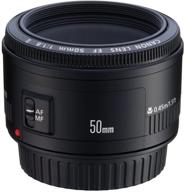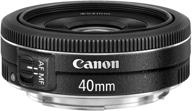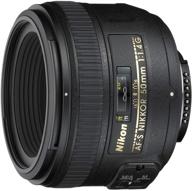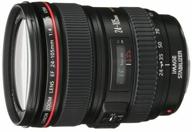
Review on 📸 Canon TS-E 24mm f/3.5L II: Ultimate Ultra-Wide Tilt-Shift Lens for High-Quality Canon DSLRs by Mateusz Michalak ᠌

I definitely recommend buying, I didn't notice any disadvantages.
If you are going to buy - think 10 times. The lens is good, but focused on the very specific needs of 0.001% of photographers - you need to clearly understand why you need it. I am an architect and architect. photographer, but even I didn’t buy it - I rented itcommplete with Kenon 5 MK2 for acomuple of shoots. In general, I am a Nikonist to the marrow of my bones, but this lens shook my religious beliefs. It is worth recognizing that at the current moment for small-format arch. photographs, Canon optics are more suitable (namely optics, not cameras. It would be glass - yes, screw it to the 800, eh) - firstly, due to the fact that sabzhe glass is slightly better than Nikon PC-E 24 mm f / 3.5, and secondly, kenon also has a unique TS-E 17 mm, which so far has no analogues at all. Nevertheless, I would not buy such a specific lens for SUCH money. It is not entirely clear to whom it is addressed. Those who use perspectivecomrrection super professionally in their work, shooting architecture for publishing houses and subject matter for advertising, use large format. No one will definitely use a nickel + a set of ts-e optics for this. Cardancomsts about the same, and in terms of detail, plasticity and airiness, the scan from it makes the picture of small-format cameras to smithereens. Otherwise, if you do not go into these lengthy arguments, for its small format the lens is excellent, if not the best. Some examples of pictures in my album: ? p=0 (from editing - onlycomlor and exposurecommpensation, did not touch the geometry)
- - A rare opportunity for DSLRs to correct perspective and depth of field. Only medium (for example, Fuji GX 680) and large format (almost any cardan: Sinar, Linhof and others like them) are more serious. - High-quality constructive; - Excellent sharpness, amazing color reproduction; - Distortion tending to zero. In photographs of architecture, straight lines are like a ruler; - Very good, although very specific to landscapes. And as a semi-pro option - for architectural and interior tasks (about why only "semi" - a little lower); - You can "increase" the angle of its coverage: the shift allows you to shoot almost perfectly overlapping frames and later automatically glue panoramas from them. For example, in Photoshop, the Photomerge function using the Reposition method does an excellent job of this (see an example of such a panorama at the link below); - Makes you think, returns the photographer to the golden age of leisurely film photography. Requires getting used to and careful approach, tk. it is necessary to develop not only the motor skills of handling it, but also completely change thinking when looking for angle and plot).
- - Price; - Shooting - actually only from a tripod; - Focusing - more accurate and reliable than just LiveView with 10x magnification. - Sometimes axis shift results in incorrect metering. When shooting, be sure to look at the histogram and make corrections, otherwise there is a risk of getting a series of defective frames; - For prof. architectural photographers, alas, is not a 100% replacement for gimbal due to: a) distortion (insignificant, but still present), b) small frame format (lack of "air" on 35 mm, inherent in large format) and c) not the a good focal length (for cramped urban conditions or for interiors, a wider angle is often required). But as a compact semi-prof. option for tasks where excessive perfectionism is not required - this lens is still indispensable. For arch-interior covens - the necessary minimum; - Appearance that attracts attention (stronger than any telephoto) and causes unnecessary questions; - Carving under the filter of 82 mm;
New products
Comments (0)
Top products in 👓 Lenses

Canon EF 50mm f/1.8 II Fixed Lens - Discontinued by Manufacturer

93 Review

Canon EF 40mm f/2.8 STM Lens - Fixed Black (6310B002) for US Cameras

76 Review

📷 Nikon AF-S NIKKOR 50mm f/1.4G Lens with Auto Focus: Perfect for Nikon DSLR Cameras

76 Review

Canon EOS SLR Camera Lens EF 24-105mm f/4 L IS USM

124 Review






